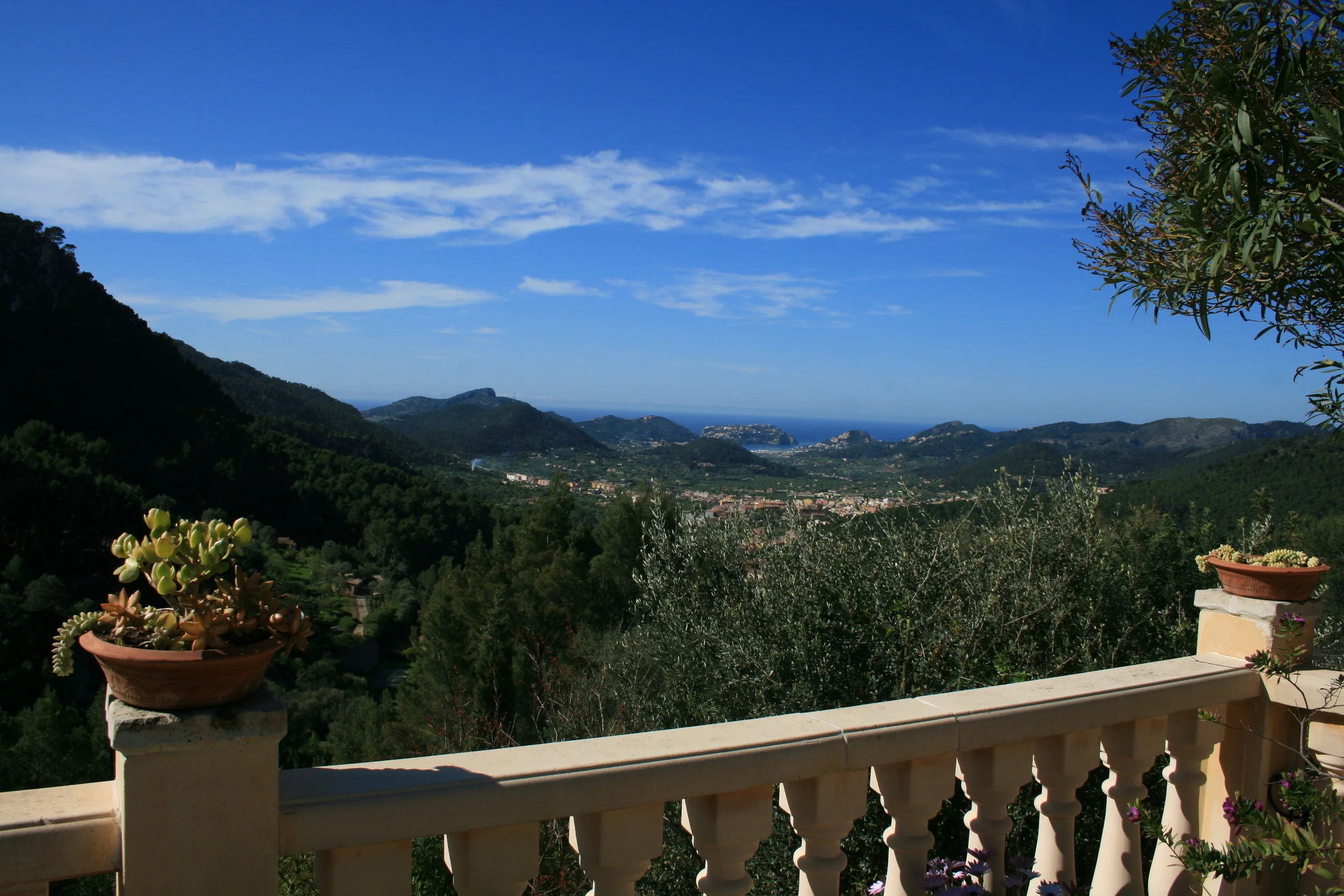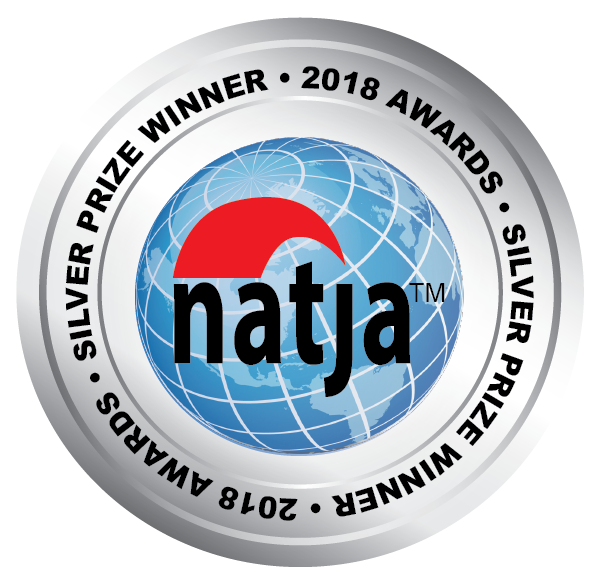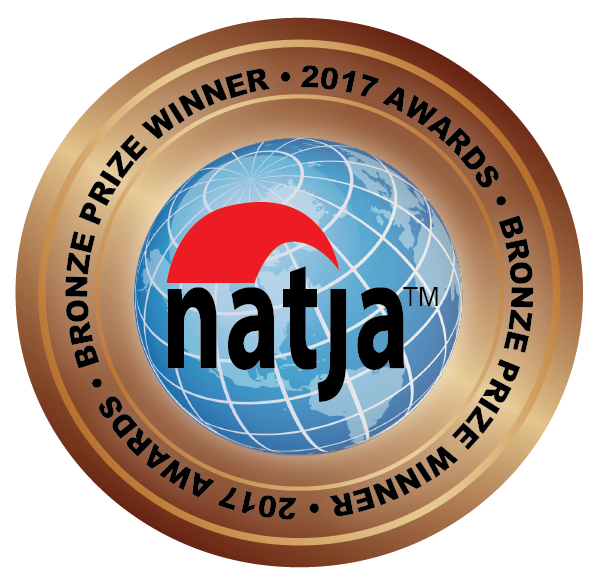Canadian expat Hamish Gordon talks about his family's move to Mallorca, the island's complex history and modern tourist appeal, and the best activities to be found in this dreamy, sun-soaked destination.
Tell us the story of how you and your family came to Mallorca.
I grew up all over the world as a Canadian Embassy brat with my parents. After exotic postings in Japan, Israel, and Moscow, we found ourselves in soggy old foggy London, England in 1973. I was 15 years old.
It was June and my parents needed a cheap holiday, so they did what many British holidaymakers did in those days and booked a 2-week package holiday to the sunny island of Mallorca, Spain.
In those days, Spain's economy was very much like what Cuba's is today. It was a dictatorship ruled by Generalissimo Franco. The country was primarily agrarian and Spain was heavily dependent on tourism and foreign investment.
Most northern British holidaymakers at the time knew nothing about Ma-JORCA, as they called it, except that (like Cuba) it was cheap, sunny, warm, had beaches, and was in Spain. Seriously, most didn’t even know it was an island 180 kilometres off the northeastern coast of mainland Spain in the Mediterranean.
We simply got off a plane, piled into tourist buses, and trundled along the coast for an hour through tourist towns until we got to our brand new hotel in the town of Paguera.
The beach and topography were magnificent but the town was like nothing you would imagine as a quaint Spanish coastal fishing village. The main drag in Paguera was a dirt road with newly built 1970s hotels, restaurants serving fish and chips, British pubs, and cheap gift shops. It was pretty ugly and teeming with working class British and German tourists escaping 6 months of winter drizzle.
The beach was lovely of course, but this was not our romantic idea of what Spain and the island of Mallorca were supposed to be.
My mother was a voracious reader. She learned about Mallorca by reading George Sand's book A Winter in Mallorca. That was the romance and mystique she was expecting to find.
So after two days of getting bored on the beach, my parents rented a car and we left the noisy tourist town and headed further up the coast to explore the island.
Eventually, we found the quaint fishing village of Puerto Andratx. No hotels, no tourists, very few restaurants, and lots of sailing boats in the harbour protected by a pier and a massive peninsula jutting out into the Mediterranean in the south and the Traumuntana Mountains to the north. Here, the local Mallorquin population mixed with the expat community that lived in Mallorca all year round.
This is what my parents were looking for! Mum chatted up the local expats in a café/bar. She found a friendly American woman who was only too willing to play tour guide to this Canadian family. On this trip, unbeknownst to me, my parents were hoping to find a little casita by the sea or in the mountains. Dad was determined not to retire in Ottawa, the coldest capital city in the world.
So we piled into our rental car with this American woman and headed straight back into the interior of the island, climbing up windy, roughly paved roads, passing donkey carts and shepherds herding sheep and old Mallorquin women all dressed in black. The contrast from modern Paguera under construction to this ancient agrarian life was remarkable. After about 30 minutes, we found ourselves in the mountains at the bottom of a very steep, rutted dirt road. Pam, the American, said, “We walk from here!”
The steep dirt donkey track went straight up the mountain to a col. When we finally rounded a bend, there it was—a complete ruin of a farmhouse called a finca. It was overgrown with thorn bushes and cacti, the roof made of tiles and bamboo. Wooden beams had caved in and there were hardly any windows.
It was also hot. The sound of cicadas flapping their wings to stay cool was deafening. But the massive stone walls were still standing. Inside it was a warren of tiny rooms. I was very excited to explore this ancient ruin, where I found a dead sheep on the dirt floor.
Outside, my parents were mesmerized by the views and vistas from the terraces. Pam explained that nobody had lived here since the Spanish Civil War in 1936.
We were standing at 800 feet above the Mediterranean, which was only 7 kilometres away. We could see the whole town of Andratx below, the Puerto and the peninsula. And on the horizon...
“That's the island of Ibiza 80 kilometres away to the south," Pam said.
Wow! We were blown away.
I literally jumped up and down around my parents like an annoying dog barking. “Come on, Dad, buy it, buy it, buy it!”
They were excited, too, because Pam explained the place was for sale by an Englishman who had planned to develop the whole mountainside into exotic villas. However, the year before the Balearic Island government of the day declared the mountain range on which we were standing to be National Park land. No development would be permitted.
To cut a long story short, my parents bought the ruin (which was actually an old olive press farm).
I spent the next 10 years of my life as an indentured servant to my parents, working in the summer as a stonemason—rebuilding and restoring those ancient ruins by day and partying in the Puerto with the children of expats by night. It was an exciting and interesting life for a kid in his teens and 20s.
Who are Mallorquins? With such a complicated history, what defines these people?
Rafael Nadal is the best example of a quintessential Mallorquin.
They are a very polite, very proud, and very private people who shun the spotlight. Rafa still lives in Manacor, a sleepy rural town in the centre of the island.
Fundamentally, they have an islanders mentality. After almost 45 years of calling Mallorca home, I, too, think of Mallorca as my island.
So, as Rafa said in his book, “while we are very grateful to the foreigners for bringing tremendous wealth to the Balearic Islands, we also quietly resent them for taking over our islands and calling it theirs.”
Hence Mallorquins, while very polite and hospitable, do tend to keep to themselves.
Understand that Mallorca has a very rich history of foreign occupation over the centuries. It began with the Greeks, the Phoenicians, and the Moores from north Africa. But it was the Romans who initially built the city of Palma in the south and Pollensa in the north. And then during the Spanish Civil War from 1936 to 1939, the Italian fascists again occupied the island of Mallorca and spilt a lot of blood of the Spanish communists who were most likely the inhabitants of our Olive Press Finca.
After the Battle of Mallorca in 1936, Italy, distracted by new campaigns in Slovak states, withdrew to give Mallorca back to Fransico Generalissimo Franco—a nationalist and an ally of Mussolini. That was the start of Franco's fascist rule over Mallorca and all of Spain, a regime that lasted until his death in 1975.
Franco was still very much in power when we arrived on the island. But he was also a monarchist. So just before Franco died, he made King Juan Carlos I the symbolic head of state. And it was the King of Spain who ushered in the new democracy that Mallorca and Spain enjoy to this day.
King Juan Carlos I loved Mallorca, especially Puerto Andratx, as much as we did—and the many movie stars of those days. He loved to sail his yacht into the harbour, drop anchor next to the flotilla of foreign yachts, and row himself to the quay with his entourage of guests and secret service men to dine at the Miramar Restaurant like an ordinary tourist.
Talk about the incredible geography of the island—the diversity you can explore from east to west, north to south, and rural to urban.
It is the geography that makes Mallorca so incredibly beautiful and diverse as an economy and culture.
The western Spin of Mallorca is a 100-kilometre mountain range called the Serra de Tramuntana. This mountain range jumps straight out of the Mediterranean and reaches 4700 feet into the sky. At the top of the mountain range, there are several alpine lakes which act as reservoirs for the whole island, as well as waterfalls and natural caves everywhere. In fact, the geological structure of the island is very much like Swiss cheese.
Spelunking, caving, and canyoning along this mountain range has become extremely popular. What's scary is that caves and sinkholes are everywhere in the wilderness of these mountains. A sinkhole is simply a cave whose roof has collapsed over time. So when hiking in the Mallorca wilderness, you need to know where you are going.
That is why I always hire my good friend Robin Saker. He has a Facebook page called "The Mallorca Walker." Robin, who is the son of an Austrian Countess who also came to the island back in the 70s, knows every inch of the Mallorca wilderness and its rich history.
For example, there are ancient rock walls and terraces built up all over the mountain range because before tourism, Mallorquins depended on farming. The original inhabitants built rock walls and terraces on which to plant orange, almond, and olive tree groves several hundred years ago. Robin can identify which culture, be it Muslim or Christian, built which terraces. All over the island, the landscape is littered with antiquity from ancient windmills and terraces to ancient fincas like Son Viguet.
But Mallorca is much more than mountains—it has literally hundreds of beaches along the 555 kilometres of coastline, every inch of it worth exploring on foot or by boat.
What about the history of cycling and cycling culture in Mallorca?
I didn’t truly discover Mallorca until 1999, when two things happened:
First, road cycling and racing became my passion.
Second, Spain became part of the European Union.
Becoming part of the EU changed Mallorca dramatically. The money to pave the roads and build highways poured into the island. Suddenly, the rough, windy, treacherous mountain roads became ribbons of silk to ride on.
All the northern European pro teams came to the island to train, and then recreational riders and amateur racers like me followed. Mallorca became the new Nirvana for cyclists.
Perfect roads, few cars in the winter and spring months, and polite, hospitable Mallorquins welcomed the winter trade. It helps that Mallorca offers a huge variety of cycling terrain to choose from. The island has hundreds of kilometres of flat terrain as well as hundreds of silky smooth roads in the mountains.
The standing population of Mallorca is 800,000 people, but now, from October to the end of May, over 150,000 cyclists invade the island.
Tell us some of your cycling stories, favourite routes, and insider tips.
In 1999, I had a love-hate relationship with Mallorca. It had changed dramatically from the simple days of the 1980s when travellers from all over the world converged on Mallorca by sailboat and ferry. In the modern era, the whole world just flew into Mallorca.
After 30 years of visiting Mallorca to work with my Dad restoring the old farmhouse, mixing cement and building rock walls, now I was coming to ride and train with the pros and just hang with my parents. I shunned the hedonistic life of the Puerto and I felt like the luckiest guy in the world.
I discovered the whole island from the seat of my bicycle. I would literally head out for a 5- or 6-hour ride on my own and just get lost on the island. It was pure magic. Now every inch of the island is etched on my brain and I never have to look at a map.
My favourite time of year to ride is early February when the pro tour is on the island for the first race of the season. It’s a 5-day event all over Mallorca and the whole peloton always swooshes right past my driveway. Because there are so few tourists in February, there is very little security on the race course, which is perfect for my own brand of shenanigans.
In my own mind, I am a pro cyclist—Mallorca is my island, the only place in the world where I can actually jump into the peloton, pretend I am a pro, and actually ride with them. Usually, I wait until the fast grupetto has passed. I mean, I don’t want to get mixed up with Sky Team’s Chris Froom or Sir Bradley Wiggins!
So I wait for the guys that have been dropped by the leaders. You know, the domestiques—they are usually 5 minutes behind and the roads are closed to cars. I always jump in for the last 60 or 70 kilometres of the race, which usually involve some nice climbs. Riding with the pros on a closed road at ridiculous speeds up and down the mountains is the most exhilarating thing a rider can do. But I have to remain expressionless and focus carefully on the wheel in front of me, maintaining the illusion that I'm a pro.
I have crossed the finish line twice, and all the pros give me their water bottles and pat me on the back because I acted like one of them. Once, I even attacked the peloton I was riding in and took off down the road. Nobody chased me—I guess they weren’t worried about a grey-haired old skinny guy.
Describe your perfect day in Mallorca, from breakfast to rides, hikes, buying food, and spending time at the villa.
Ride my bike to Alaró, 60 kilometres away via the village of Orient. Meet my parents at a finca restaurant where they serve slow fire-roasted shoulder of lamb. And then hike up to Alaró Castle, which was built on a massive rock mountain.
What kind of cultural explorations does Mallorca offer?
There are two great writers who put Mallorca on the world map: George Sand and Robert Graves.
Valldemossa was the subject of George Sand's book A Winter in Mallorca. She lived up there one winter and fell in love with Chopin.
Robert Graves is a well known British author who spent most of his life in Deià, not too far from Valldemossa.
The Cathedral in Palma, the old city, is a maze of tiny back streets, boutiques, bars, and restaurants. And every town in Mallorca has an open-air market one day a week. In Andratx, it's on Wednesdays.
There is a bullfighters ring, a velodrome, and even a jail for all the corrupt mayors of the 1990s.
What other active endeavours, beyond cycling, can one find in Mallorca?
Plenty! Caving, canyoning, hiking, boating, beaching, golfing, shopping, and cooking classes are all popular.





